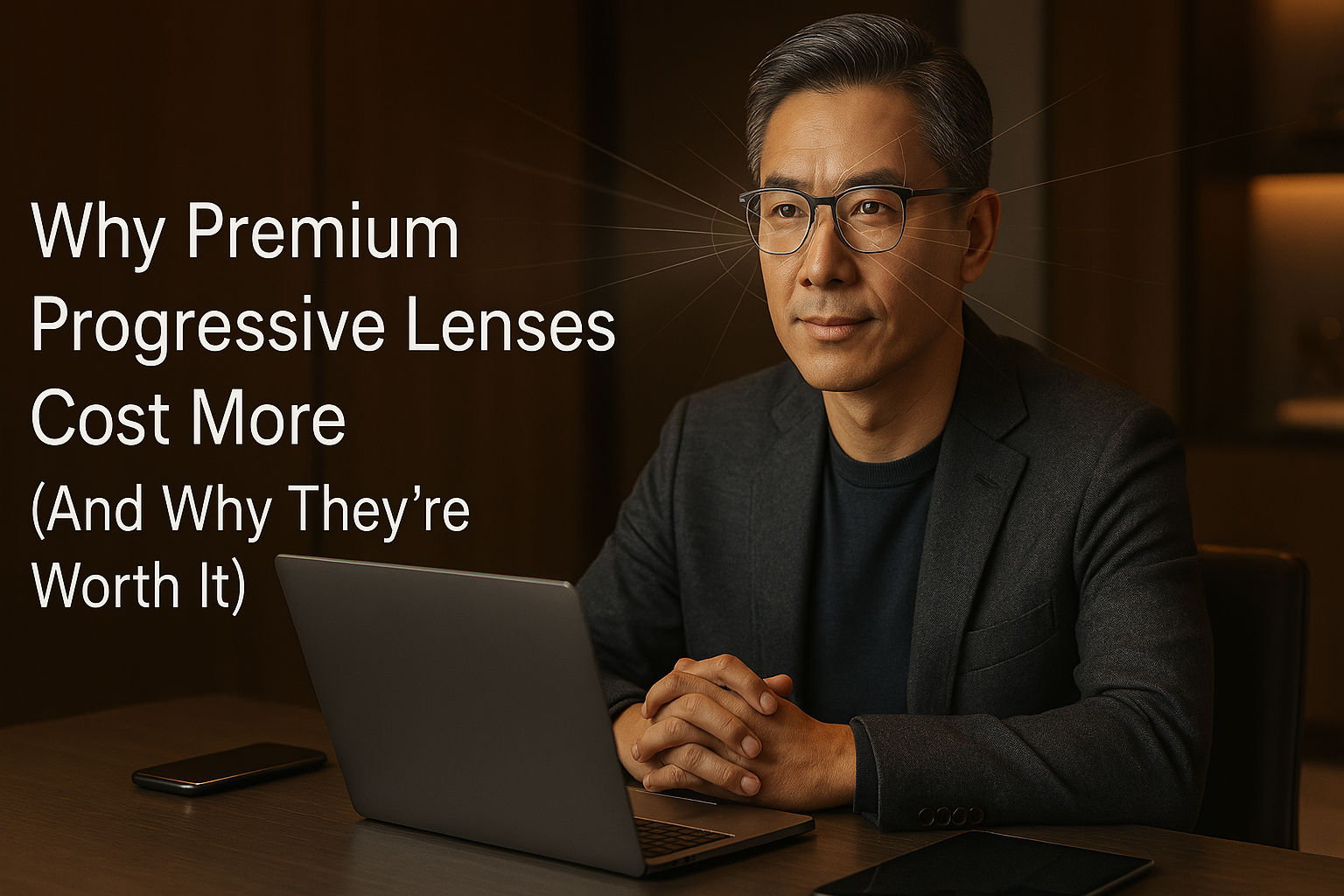Baby Bonus Accepted Here : )

If you spend long hours staring at screens for work or leisure, it's important to ask yourself some questions to determine if you have digital eye strain. Here are some questions to consider:
Blurred vision or difficulty focusing are also common symptoms of digital eye strain. Prolonged screen time can cause eye fatigue and strain, leading to difficulty focusing and blurred vision. If you're experiencing these symptoms after using a screen, this could be a sign of digital eye strain.
Dry eyes and eye fatigue are common symptoms of digital eye strain. Staring at screens for extended periods can cause reduced blinking, which leads to dryness and eye fatigue. If you're experiencing dry eyes or eye fatigue after using a screen for a while, this could be a sign of digital eye strain.
Headaches and neck and shoulder pain are also common symptoms of digital eye strain. Poor screen positioning or posture can cause muscle tension and strain, leading to headaches and neck and shoulder pain. If you're experiencing these symptoms after using a screen, this could be a sign of digital eye strain.
If you answered yes to any of these questions, you may be experiencing digital eye strain. But don't worry, there are several ways to manage it. Here are some tips:
In summary, if you're experiencing digital eye strain, it's important to take breaks often, adjust your screen settings, and position your screen correctly. Don't forget to get regular eye exams and consult us for personalized recommendations and solutions. Your eyes are precious, so take good care of them!
Comments will be approved before showing up.

Think your progressive lenses shouldn’t cost more than your phone or laptop? Think again. Premium progressive lenses are precision-engineered tools tailored to your exact vision, lifestyle, and frame — using cutting-edge technology that rivals any modern device. In this article, we break down why these lenses come with a higher price tag, and why they’re worth every cent for daily comfort, clarity, and performance.

Worried your child’s myopia keeps getting worse each year despite wearing glasses? Discover how myopia control lenses like MiYOSMART, Stellest, and ZEISS MyoCare—available in Singapore—can help slow progression and protect long-term vision. Learn how to choose the right option for your child, based on clinical evidence and expert guidance.